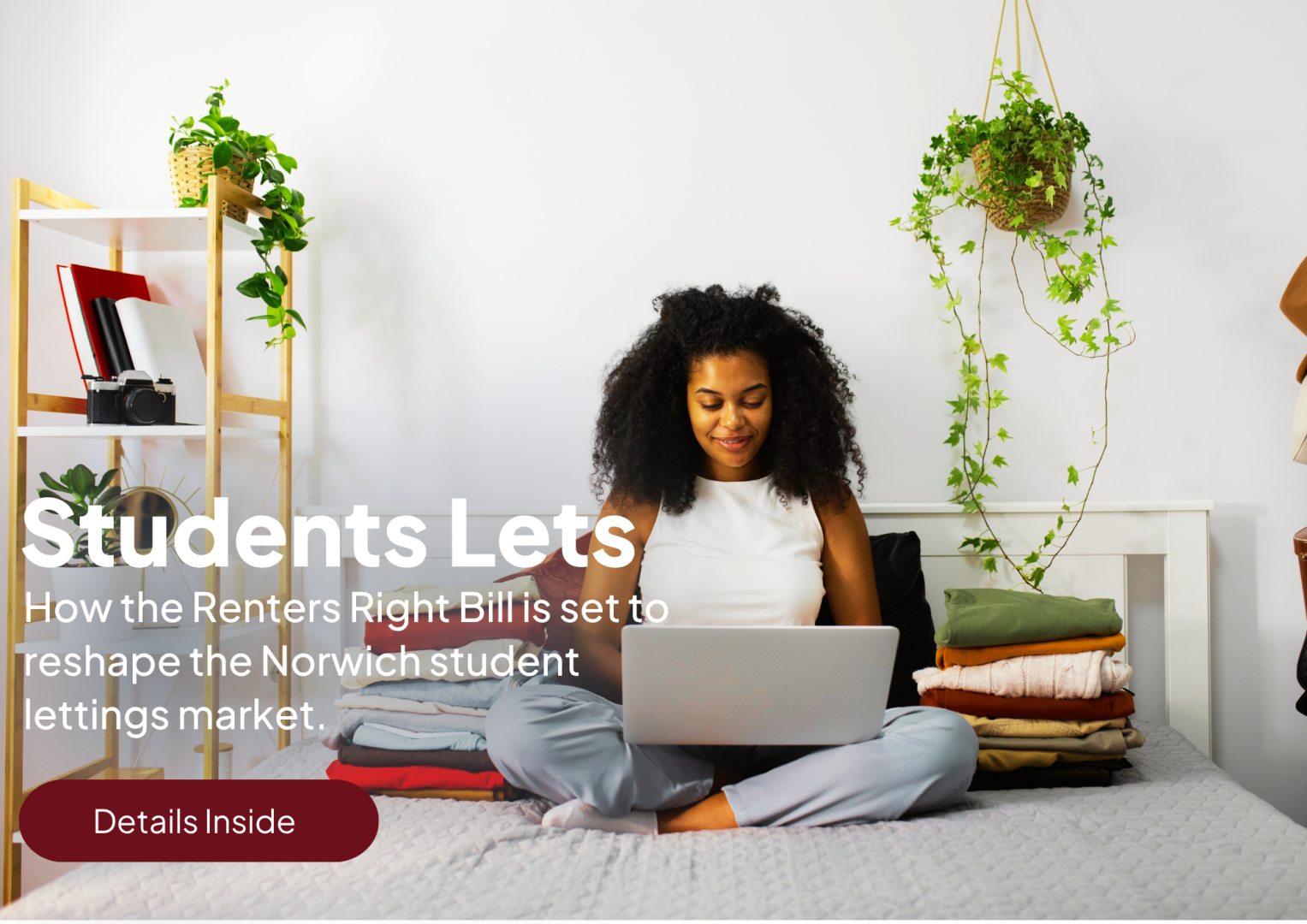... who they are and how to attract them, so you can sell your house. Different people buy homes differentlySome buyers decide whether to view your home from looking at the photographs they see online. They love gazing at the images and envisioning the lifestyle your home could offer them. These tend to be right-brained buyers. But some people take a more scientific approach to buying a house. They...
… who they are and how to attract them, so you can sell your house.
Different people buy homes differently
Some buyers decide whether to view your home from looking at the photographs they see online. They love gazing at the images and envisioning the lifestyle your home could offer them. These tend to be right-brained buyers. But some people take a more scientific approach to buying a house. They like facts and figures, diagrams and dimensions. They love floorplans. These buyers are left-brained.
Your beautiful, professional photographs of your home may showcase it to buyers. But if you don’t include in your advert the factual information a left-brained buyer needs, you may exclude them, needlessly. These people make their home-buying decisions based on hard facts, like data points and statistics. They are logical and analytical, planned and orderly. Because they are focused on reason, they make the choice that makes the best logical sense.
Just for fun… How to discover whether you’re a left-brained person or a right-brained one.
- You’re looking at houses on Rightmove. Do you browse the photos or study the floorplan before you decide to book a viewing?
- On the viewing, do you spend time getting a ‘feel’ for each room, looking out of the windows at the view? Or do you quiz the agent on how long the house has been on the market, and for details like when the boiler was last serviced?
- Ok you’ve fallen in love with the house! You go to put an offer forwards, and discover that someone else has got there first. Do you stick to your original offer? Or do you instantly increase it to make sure you win your dream home?
Of course, this is not an exact science. But if you’re the kind of person who decides to view a home based on the photos, and you spend time on a viewing looking at the views and envisioning what it would be like to live there, you’re probably a right-brained buyer. If you are prepared to pay as much as it takes (within reason) to make that house yours, you’re almost certainly using emotion to guide your actions.
Perhaps instead you prefer to study the floorplan and you want to know the total floor area before you book a viewing on a house? Maybe you want to know about the utilities and council tax band? And if you do make an offer, you’ll do it rationally, logically and with as little emotion as possible? In which case, you’re almost certainly a left-brained buyer. You make decisions based on facts and figures, and if the deal doesn’t stack up, you find it much easier to walk away from it.
But are we really one or the other?
Nope – we use both sides of our brain to make decisions, but one side is usually more dominant than the other. So why is it so important to know whether your buyer is left-brained or right-brained?
Here’s why – because if you present your home to a buyer using the framework they use to make decisions, you’ll not only ‘hook’ them, but they’ll prove to be a more committed buyer throughout the process. And that’s a win-win for you and for them.
Here are the details that matter to a left-brained (logical) homebuyer:
- Floor area
- Size of plot
- Council tax band
- Freehold or leasehold
- Date of build
- Orientation of garden
- EPC rating
- Price per square foot or metre
- Average asking price to sale ratio in the area
The left-brained buyer craves certainty and objectivity, so they’re looking for concrete information and details, like the ones above.
The information that is important to a right-brained (emotional) homebuyer is very different from that of a left-brained buyer. Details like these are vital to them:
- How it feels to cook in the kitchen
- The standard and style of décor
- The views out of each window
- How warm the home is
- Where and if their furniture will fit in the house, and how it will look
- The increased status the home will give them
- The driveway/entrance/kerb appeal
These are details that are personal and subjective, so they vary from person to person. Not every right-brained buyer will love your home, but if yours is their dream home, they will do whatever it takes to buy it. And emotion trumps logic for getting a better price for your home.
Matching the information with the buyer is vital
Satisfy a left-brainer’s burning desire to know all the facts necessary – without them, they won’t feel they have enough information to decide whether to buy your house. No matter how much the logical buyer may love your home, if the numbers don’t stack up, they won’t offer what your house is worth. In fact, they will probably simply decide not to buy it at all.
In a couple, often one party is more logical and the other is more emotional. You need to appeal to both. Even the most logical person still has emotional drivers, so make sure your property advert has factual and visual information, so you effectively tap into both their logical and emotional motivations.
They buy on emotion, and justify with logic
The left-brained buyer needs to be able to justify their buying decision to several people – their spouse or partner, their children or parents, their bank manager or mortgage adviser. But most importantly, they need to justify the decision to themselves. They must be able to rationalise the cost – the purchase price of your home – with the value they will get from it. The hidden benefits are vital here – e.g. better lifestyle, enhanced status, more enjoyable living, more space, or more attractive views. It’s a balance, and the scales must tip in favour of your home for the deal to work for them. After all, the cost of buying your home for them could mean they need to cash in an investment, sacrifice disposable income or lose a few holidays. If this is a significant investment for them, your buyers may need to tighten their belts for the foreseeable future. So the sacrifice they are facing needs to be worth the increased benefits to them. That’s logical, and how a left-brained buyer thinks.
Your checklist to attract and sell to a left-brained buyer
Over recent years, property marketing has become much more lifestyle based. Mostly visual, the photographs and eloquent descriptions can paint a picture of the lifestyle a buyer will gain. All you need to do to make sure your property advert holds equal appeal for both types of buyer, is to include the factual elements a left-brained buyer requires.
To help you, we’ve created a checklist of the elements you need in your property advert to appeal to the left-brained, logical buyer. Does your property advert include all these details?
| – Floorplan with measurements – Total floor area – Site plan if appropriate – Age of house and any relevant history – Energy Performance Certificate (EPC– this is a legal requirement for all homes for sale) | – Freehold or leasehold information – Council tax band – Any covenants, restrictions or limitations – Orientation of garden |
As you can see, by including in your property advert the extra more factual elements a left-brained buyer craves, you’ll satisfy both types of buyers – right-brained and left-brained. So not only will you appeal to potentially twice the number of buyers, but also an offer on your home is more likely to stick. With a successful sale under your belt, you can move on with your life, and enjoy whatever your next chapter holds for you.
Either way, you have nothing to lose, so call us now on 01603 516586 or drop us an email at caroline@melaniestates.co.uk for a no-obligation chat.


 By
By 



Share this with
Email
Facebook
Messenger
Twitter
Pinterest
LinkedIn
Copy this link